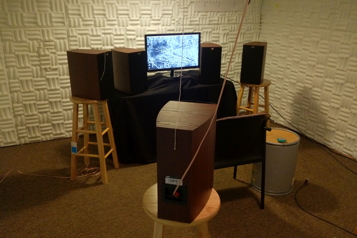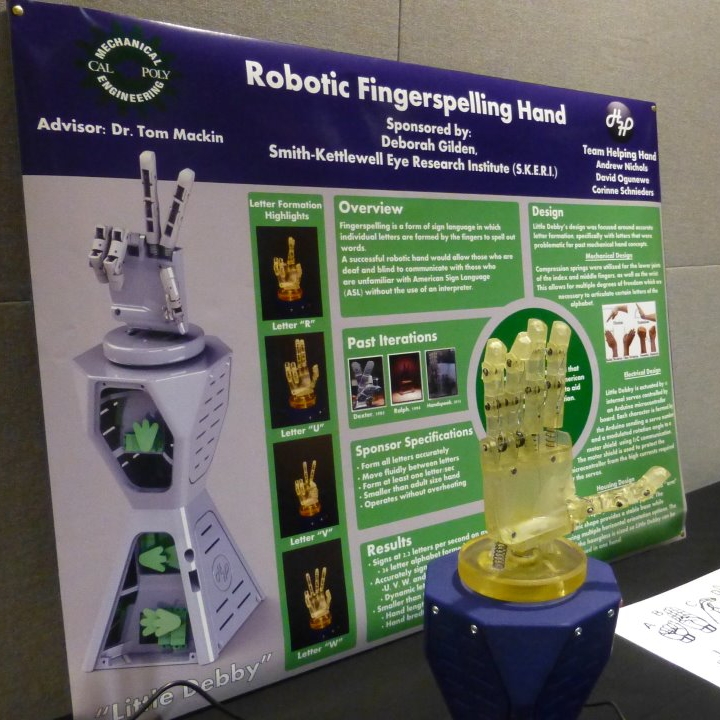Realistic Hearing Aid Outcomes
The primary objective of this project is to develop a set of realistic outcome measures that relate to the real-world use of hearing aids. A second objective is to evaluate the extent to which these measures are predictive of hearing aid benefit and user satisfaction after the client has worn the hearing aid for two or more months and has acclimatized to the instrument. The Specific Aims are as follows Aim #1: Develop and evaluate an outcome measure that takes into account the interactive nature of human communication and which is predictive of the extent to which a person with a hearing loss is…


